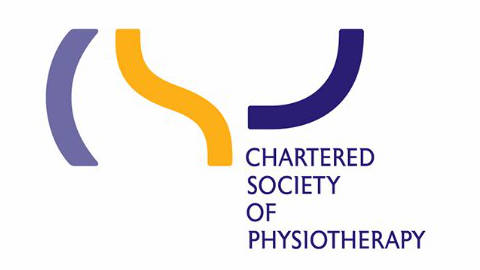Plantar Fasciitis

Plantar Fasciitis
Plantar fasciitis is a common and painful foot condition characterized by inflammation and irritation of the plantar fascia, a thick band of tissue that runs along the bottom of the foot, connecting the heel bone to the toes. This condition typically results from excessive strain or overuse of the plantar fascia, leading to micro-tears and inflammation.
Key features of plantar fasciitis include sharp, stabbing pain in the heel, especially when taking the first steps in the morning or after prolonged periods of inactivity. The pain tends to subside with movement but can return after standing or walking for extended periods. Common risk factors for plantar fasciitis include excessive weight, overpronation (when the feet roll inward excessively), high-impact activities like running or dancing, and wearing unsupportive or ill-fitting footwear.
Treatment for plantar fasciitis typically involves a combination of strategies, including rest, ice, stretching exercises to improve flexibility, orthotic insoles or supportive footwear, and nonsteroidal anti-inflammatory medications to manage pain and inflammation. Physical therapy, night splints, and custom-made orthotics may also be recommended.
In most cases, plantar fasciitis responds well to conservative treatment, and symptoms can improve over time. However, in rare cases where non-invasive measures do not provide relief, more advanced interventions like corticosteroid injections or, very rarely, surgical procedures may be considered. Proper management and preventive measures can help individuals manage and ultimately overcome plantar fasciitis.



